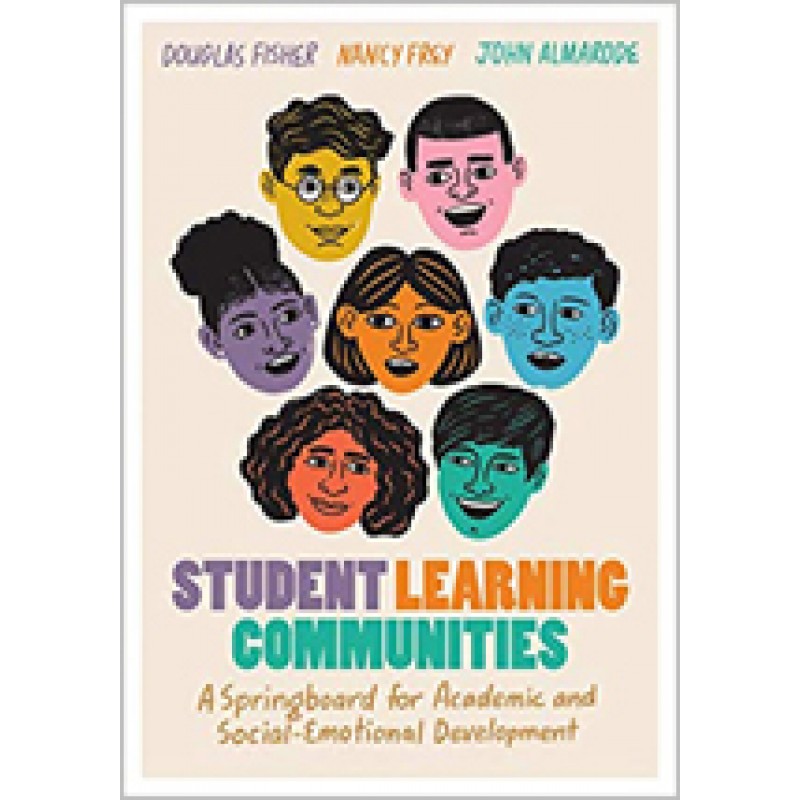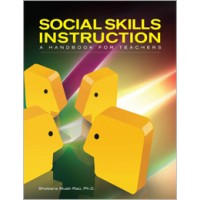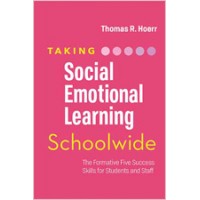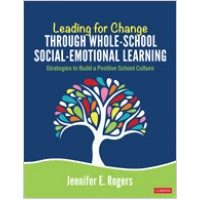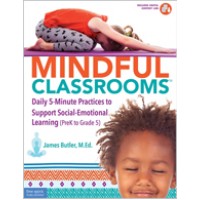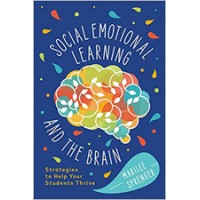Student Learning Communities: A Springboard for Academic and Social-Emotional Development, Nov/2020
| Author(s) | Douglas B. Fisher, Nancy E. Frey, John T. Almarode |
| ISBN10 | 1416629653 |
| ISBN13 | 9781416629658 |
| Format | Paperback |
| Pages | 144 |
| Year Publish | 2020 November |
Synopsis
Student learning communities (SLCs) are more than just a different way of doing group work. Like the professional learning communities they resemble, SLCs provide students with a structured way to solve problems, share insight, and help one another continually develop new skills and expertise.
With the right planning and support, dynamic collaborative learning can thrive everywhere. In this book, educators Douglas Fisher, Nancy Frey, and John Almarode explain how to create and sustain student learning communities by
- Designing group experiences and tasks that encourage dialogue;
- Fostering the relational conditions that advance academic, social, and emotional development;
- Providing explicit instruction on goal setting and opportunities to practice progress monitoring;
- Using thoughtful teaming practices to build cognitive, metacognitive, and emotional regulation skills;
- Teaching students to seek, give, and receive feedback that amplifies their own and others’ learning; and
- Developing the specific leadership skills and strategies that promote individual and group success.
Examples from face-to-face and virtual K–12 classrooms help to illustrate what SLCs are, and teacher voices testify to what they can achieve.
No more hoping the group work you’re assigning will be good enough—or that collaboration will be its own reward. No more crossing your fingers for productive outcomes or struggling to keep order, assess individual student contributions, and ensure fairness. Student Learning Communities shows you how to equip your students with what they need to learn in a way that is truly collective, makes them smarter together than they would be alone, creates a more positive classroom culture, and enables continuous academic and social-emotional growth.
About the Authors:
Douglas Fisher is a professor of educational leadership at San Diego State University and a teacher leader at Health Sciences High & Middle College. He is a member of the California Reading Hall of Fame and is the recipient of a Celebrate Literacy Award from the International Reading Association, the Farmer Award for Excellence in Writing from the National Council of Teachers of English, and the Christa McAuliffe Award for Excellence in Teacher Education from the American Association of State Colleges and Universities. Fisher has published numerous articles on improving student achievement, and his books include The Purposeful Classroom, Building Equity, and Intentional and Targeted Teaching.
Nancy Frey is a professor of educational leadership at San Diego State University and a teacher leader at Health Sciences High & Middle College. Before joining the university faculty, Frey was a special education teacher in the Broward County (Florida) Public Schools, where she taught students at the elementary and middle school levels. Frey is a recipient of the Christa McAuliffe Award for Excellence in Teacher Education from the American Association of State Colleges and Universities and the Early Career Award from the Literacy Research Association. Her research interests include reading and literacy, assessment, intervention, and curriculum design. She has published many articles and books on literacy and instruction, including Better Learning Through Structured Teaching, How to Reach the Hard to Teach, and All Learning Is Social and Emotional.
John Almarode is an associate professor of education and the Executive Director of Teaching and Learning in the College of Education at James Madison University. Almarode began his career in Augusta County, Virginia, teaching high school mathematics and science. Now, he works with preservice teachers and devotes time to collaborating with in-service teachers in classrooms and schools across the globe. Almarode and his colleagues have presented their work to the United States Congress, the United States Department of Education, and the White House Office of Science and Technology Policy. He has authored multiple articles, reports, book chapters, and more than a dozen books on effective teaching and learning in today's schools and classrooms.

